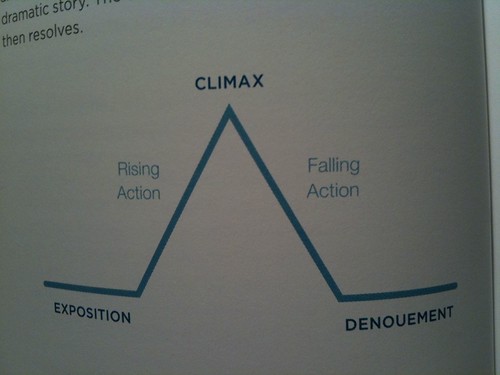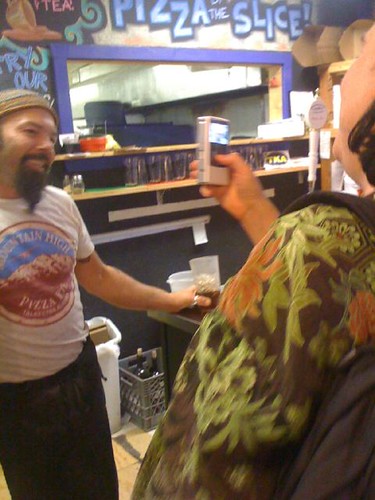The Story
Last week, my adventure in Alaska started with a meeting with representatives from community foundations around the state of Alaska hosted by the Alaska Community Foundation. That’s where I met Joe Page from the Jessica Stevens Foundation who told me the amazing story about the Talkeetna Bachelor Society.
The Talkeetna Bachelor Society is a program of the Denali Arts Council, a 501(c)3 non-profit corporation. The Society’s fundraising activities benefit the Talkeetna Bachelor Society’s Fund for Women and Children in Crisis. The main fundraising event is the Bachelor Auction, where ladies in attendance may purchase, at fair market value, a feisty bachelor to accompany them at the Bachelor Ball. Anyone can purchase the “male order catalog” and the proceeds go to support the charity.
Quite a different charity auction ….
I couldn’t help but think – what if Joe Page or other community foundation board members had flip cameras, some video and story telling training and shared their stories on the Alaska Community Foundation Facebook page?
I was lucky enough to talk my host into driving me to Talkeetna so I could document this fabulous story. So I got into the car with Aliza Sherman who lives in Alaska who I’ve known since 1995 and with Cassandra Stalzer my host to take a drive up the highway to create this five minute documentary, “The Hunt for a Talkeetna Bachelor”
After a few hours on the road, we ended up in the middle of this rural town that was the prototype for Northern Exposure. We found our way to the local brew pub – Twister Creek and Denali Brewery at the foot of Denali. Joe Page met us in town and we reviewed the Bachelor male order catalog looking for a good subject to interview. After walking around town, we discovered that one of the bachelors, Todd Basilone, owner of Mountain High Pizza Pie, was at work. So, I did an ambush interview to ask him to share why community giving is important. I hope you’ll take the five minutes to watch the clip.
Some Tips
I love capturing and sharing authentic stories with video – either with my iPhone (email to YouTube) or the Flip Camera. No matter the technology, the process of capturing and sharing a good story quickly is the same. Here’s some thoughts:

Don’t take a vacuum cleaner approach
With video, don’t try to capture everything. I use a technique I learned from Jay Dedman called “Moment Capture” where you get the most enlightening snippet. I usually reserve video capture for a special story or moment that absolutely can’t be told with text. Sometimes this occurs as a video quote from someone who said something that was an Ah Ha moment for me or else it tracking down a story.
If the latter, I have a storyboard in my head and edit as I go. What I have found extremely useful is Nancy Duarte’s new book, resonate: present visual stories that transform audiences. While it is intended for storytelling with powerpoint, I think the frameworks and templates she offers for narrative arcs are very valuable. It is so helpful to have these templates as you capture the story.

The Technical Stuff
There are only four things you need to remember while shooting your story. I learned these back in 2006 from Robert Scoble.
1. Don’t frame your subject’s eyes in the middle of the frame, use the rule of thirds
2. Don’t shoot when you have backlight, your subject will be dark
3. Avoid ambient noise, find a quiet spot to shoot
4. Shoot close to your subject so the audio doesn’t suck especially when using a camera with built-in mic
My colleague, Nick Booth, from the UK taught me a few tricks about doing on-camera interviews and capturing b-roll. But to be honest, I didn’t put those in practice until I had mastered Scoble’s tips with one-take video takes. That was four years ago when I was shooting video with my inexpensive digital camera and using the free program in Windows, MovieMaker to create videos. It’s much easier now with smart phones and the flip cameras.
Sharing the Story
Storytelling with social media, of course, is more than you and your subject with a camera. Social media is a great way to involve the audience in the story as it unfolds. Mark Horvath is a genius at doing this with his Invisible People TV site. There are many tools you can use to share the story as it unfolds in video and photo as Aliza Sherman has documented here.
What has been your experience telling stories with social media? What are your favorite sources, tips, and stories?

Leave a Reply